
What is depth of field?
The depth of field in an image is the distance between the parts that appear in focus.
When there's a big distance between the things that look crisp and sharp, it's known as a wide or deep depth of field. When there's a short distance the depth of field is shallow or narrow.
The ability to use depth of field creatively is one of the most useful tools in a photographer's skill set. This guide is for beginners in self-shooting, especially those who intend to do further stills and video training with the �鶹�� Academy.
How is depth of field used in storytelling?
Gardeners' World
A shallow depth of field has been used to draw attention to the subject, garden designer Mark Lane. The background (Geffrye Museum Garden) is blurred to create a pleasing artistic effect.

�鶹�� News 24
A deeper depth of field is used in this portrait of Jane Hill in the London �鶹�� newsroom. The field isn't so deep that the newsroom's pin-sharp, distracting from the subject. But it's clear enough to show where Jane works, which is part of the story.

Junior Doctors
A wide shot with a deeper depth of field showing the context in which junior doctors are operating. Here the background is pin-sharp, as well as the subject in the foreground.

Coast Lives
In this documentary shot, a deep depth of field is necessary to clearly show what's happening as a ‘coasteering’ man jumps into the sea on the coast of Northern Ireland.
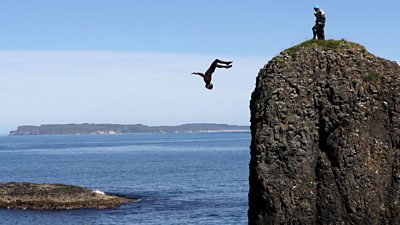
Earth's Natural Wonders
A deep depth of field is used to keep the background in fairly good focus as well as the subject in the foreground. This is because the background is rather lovely – too good to miss. It contributes to the story.
What do the terms mean?
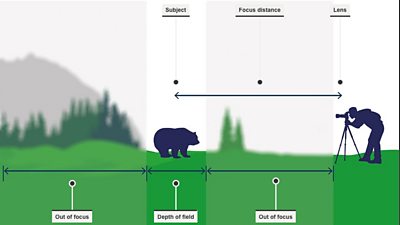
The background appears soft and out of focus. You can use this effect artistically to blur out distracting details and focus attention on the subject.
When blurring is used in this way it's known as bokeh.
The subject of a photograph is what it's all about. In most images it needs to be in focus.
Everything in this area appears in focus.
When this distance is large the depth of field is said to be wide or deep. When it's small the depth of field is shallow or narrow.
The focus or focusing distance is the distance between the lens and the subject.
You'll need to change the focusing distance when you experiment with different lenses to create different depths of field. This basically means you have to move.
The foreground appears soft and blurry. You can use this blurring, known as bokeh, to focus attention on the subject behind and create a soft and moody foreground.
The lens and aperture are key factors in determining depth of field.
Lenses are known by their focal lengths - 14mm, 50mm, 200mm. Their role is to bend the rays of light that enter through the aperture so they converge into a neat point at the back of the camera.
The principal focal point is the point where rays coming from a long distance converge.
The distance between the principal focal point and the lens is the focal length. So a 14mm lens bends light so it converges 14mm from the lens. A long lens (200mm) bends the light so it converges 200mm from the lens.
Short focal lengths give a wide angle of view and long focal lengths give a narrow angle of view.
When you focus an image using a focusing ring, you're moving the lens so the focal point is in line with the film, in a film camera, or sensor, in a digital camera. (This diagram shows an image that's out of focus).

What factors affect depth of field?
Focal length
The distance over which a lens bends light into the principal focal point
A long focal length makes a shallow depth of field. You can use a long lens to create a shallow depth of field, but be aware this will also restrict your field of view.
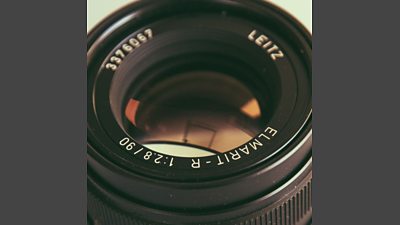
Aperture
The hole in a camera that lets in light, also known as an iris
A large aperture makes a shallow depth of field You can use a large aperture to create a shallow depth of field, but be aware this will also increase exposure.
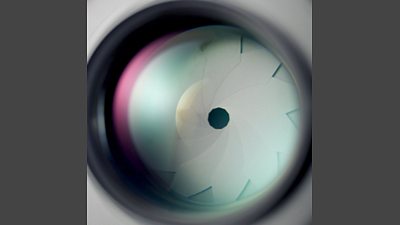
Sensor
The part of a digital camera that corresponds to the film in a film camera
A large Sensor makes a shallow depth of field You can use a camera with a large sensor to create a shallow depth of field, but be aware that you'll need to take extra care with focus.
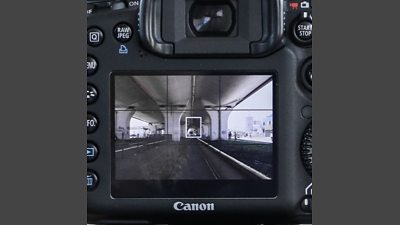
How do I create a narrow depth of field?
What's next?
 �鶹�� AcademyGo to the �鶹�� Academy website
�鶹�� AcademyGo to the �鶹�� Academy website Vimeo Video School: Depth of field
Vimeo Video School: Depth of field Mark Wallace explains why aperture affects depth of field
Mark Wallace explains why aperture affects depth of field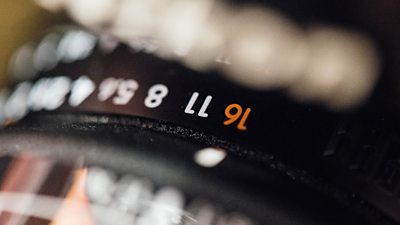 Depth of field simulator
Depth of field simulator
